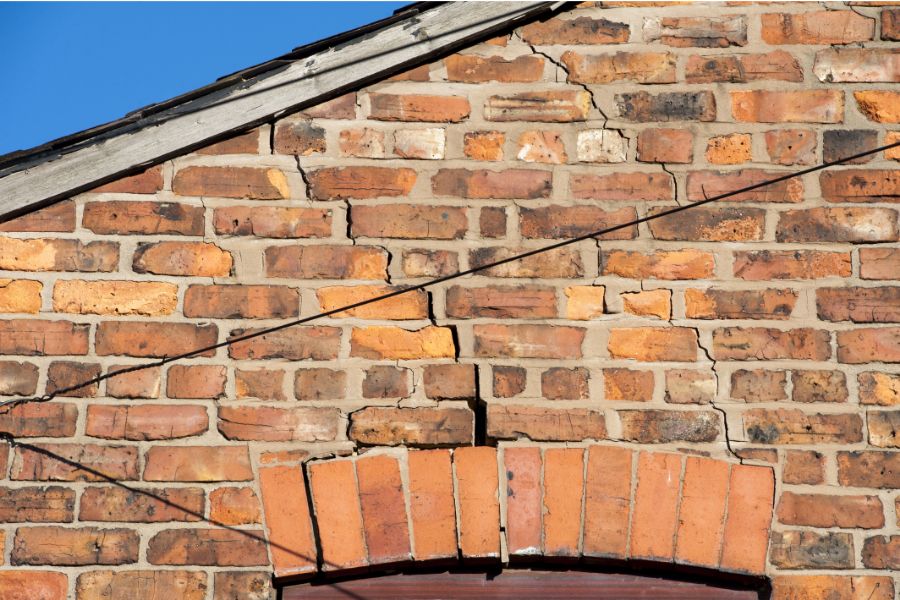
When it comes to leasing commercial or residential properties, one of the most significant financial concerns for tenants is dilapidations. Understanding how to manage and mitigate dilapidations costs is essential for protecting your investment and ensuring a smooth transition when your lease ends. This article outlines effective strategies to avoid unnecessary costs associated with dilapidations surveys, offering valuable insights for tenants and property managers alike.
Understanding Dilapidations
Dilapidations refer to the state of disrepair that arises when a tenant does not maintain the property according to the terms of the lease agreement. This can include everything from minor wear and tear to significant structural issues. When the lease ends, landlords may issue a property dilapidations report, detailing what repairs are required and the associated costs.
Why Are Dilapidations Important?
Dilapidations are crucial for several reasons:
- Financial Accountability: Tenants are often held responsible for restoring the property to its original condition, making it essential to understand what that entails.
- Legal Obligations: Lease agreements typically outline specific responsibilities regarding property maintenance, which tenants must adhere to avoid disputes.
Proactive Steps to Minimise Costs
1. Regular Maintenance
One of the most effective ways to avoid dilapidation costs is through regular maintenance. By conducting routine inspections and addressing issues as they arise, tenants can prevent minor problems from escalating into significant repairs.
- Schedule Regular Assessments: Engaging a dilapidations expert to conduct periodic building dilapidations assessments will help identify potential issues before they become costly repairs.
- Document Maintenance Activities: Keep a record of all maintenance work carried out, including dates, descriptions, and costs. This documentation can serve as valuable evidence if disputes arise over the property’s condition at the end of the lease.
2. Understand Your Lease Agreement
Before signing a lease, it is crucial to thoroughly understand its terms, especially those related to maintenance and repairs.
- Review Obligations: Take time to read through clauses regarding dilapidations and repair obligations. Understanding what is expected can help you avoid unnecessary costs.
- Negotiate Terms: If certain obligations seem overly burdensome or vague, consider negotiating terms with the landlord before signing the lease.
3. Engage Professional Services
Utilising dilapidations surveyor services can help tenants navigate the complexities of dilapidations and ensure they are not unfairly charged for repairs.
- Conduct a Dilapidations Survey: Before the end of your lease, commission a commercial dilapidations survey to evaluate the property’s condition. This survey will identify areas requiring repair and provide a basis for discussions with the landlord.
- Utilise Dilapidations Consultancy: Consider hiring a dilapidations consultancy to guide you through the process, ensuring all potential costs are accounted for and properly managed.
The Role of the Dilapidations Survey
What is a Dilapidations Survey?
A dilapidations survey is a comprehensive assessment that outlines the current condition of a property, identifying areas needing attention before the end of a tenancy.
- Key Components of the Survey:
- Dilapidations Condition Survey: This section details any defects or disrepair.
- Property Condition Survey: It evaluates the property against the lease requirements.
- Dilapidations Survey Report: A formal report that outlines the findings and recommended actions.
By conducting this survey well in advance of the lease end date, tenants can prepare adequately and address any necessary repairs proactively.
Effective Communication with Landlords
1. Open Dialogue
Maintaining open lines of communication with your landlord is essential for managing dilapidations. If issues arise during your tenancy, address them promptly with your landlord.
- Notify Landlords of Issues: If you encounter maintenance issues, inform the landlord immediately. This proactive approach can prevent disputes at the end of the lease.
2. Negotiating Repairs
When the lease ends, landlords may provide a dilapidation claims survey that outlines their expectations for repairs. If you disagree with any claims, it’s important to negotiate effectively.
- Challenge Unreasonable Claims: If the landlord’s claims seem excessive or unreasonable, don’t hesitate to challenge them. Having your dilapidations survey report can serve as a valuable reference point during these discussions.
Conclusion
Avoiding unnecessary dilapidations costs requires proactive measures, clear communication, and a thorough understanding of your lease agreement. By engaging professional dilapidations surveyor services, conducting regular maintenance, and maintaining an open dialogue with landlords, tenants can protect themselves from excessive costs and ensure a smoother transition when the lease ends.
Ultimately, being informed and prepared will empower tenants to navigate the complexities of dilapidations with confidence, safeguarding their financial interests and fostering positive landlord-tenant relationships. Through diligence and strategic planning, it is entirely possible to minimise the financial burden associated with dilapidations while fulfilling legal obligations and maintaining property standards.



